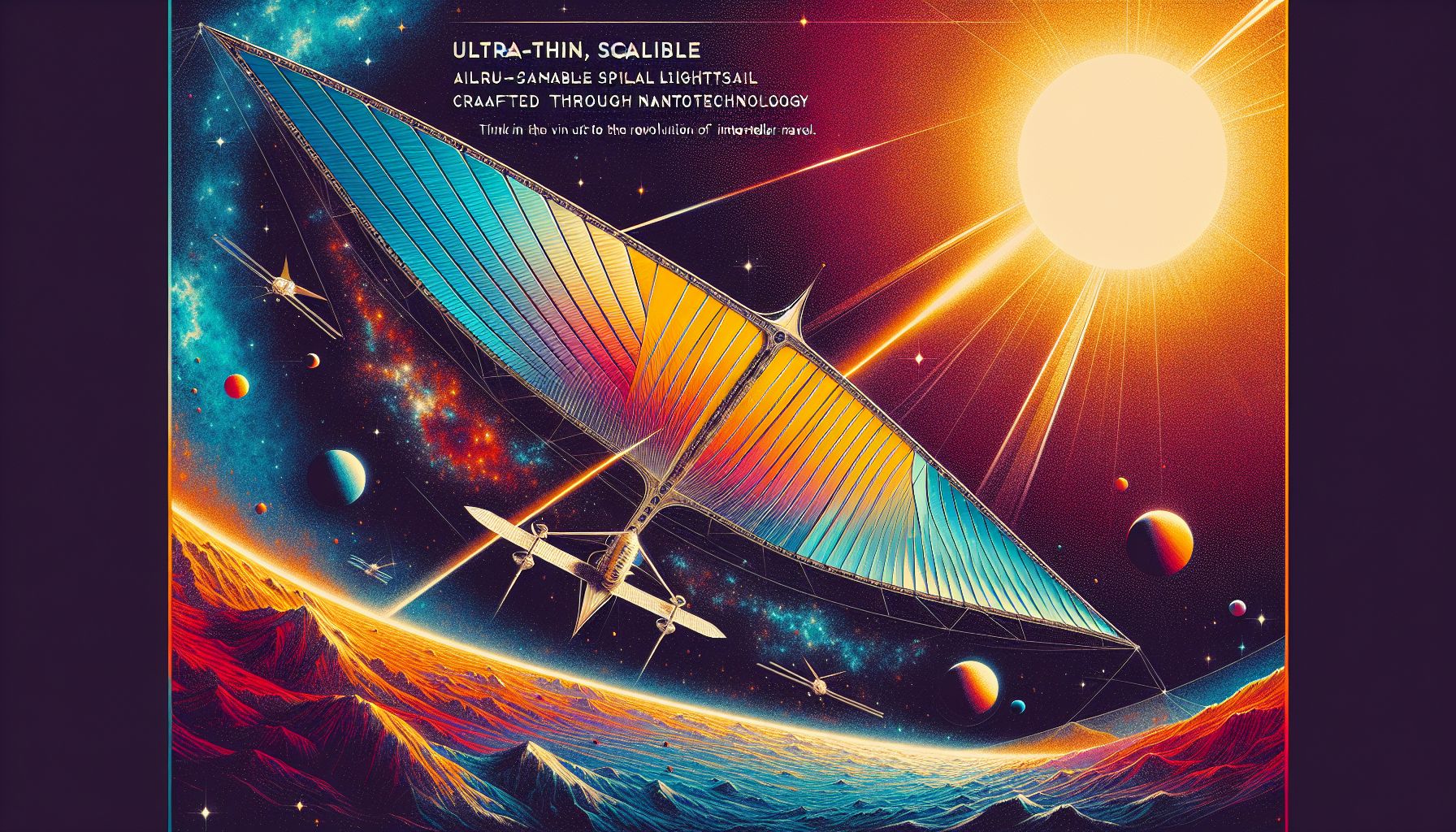Nanotechnology Revolutionizes Space Exploration with New Lightsails

Delft, Tuesday, 25 March 2025.
TU Delft and Brown University have engineered ultra-thin, scalable lightsails using nanotechnology. These innovations could make interstellar travel vastly more efficient and accessible.
Breakthrough in Nanoscale Engineering
In a significant advancement announced on March 24, 2025, researchers at TU Delft and Brown University have created the thinnest large-scale reflectors ever manufactured [1]. The prototype lightsail measures 60 millimeters by 60 millimeters with a thickness of just 200 nanometers, incorporating billions of precisely engineered nanosized holes [1][5]. Associate Professor Richard Norte from TU Delft leads this groundbreaking research, which represents a fundamental shift in nanotechnology manufacturing capabilities [1].
Revolutionary Manufacturing Process
The team has developed an innovative gas-based etching method that dramatically reduces production time from traditional manufacturing’s 15-year timeline to just one day [6]. This advancement enables the creation of centimeter-sized structures while maintaining nanoscale precision [1]. The technology demonstrates unprecedented scalability, with the potential to create structures that would extend over seven football fields in length while maintaining a thickness of only one millimeter [1].
Implications for Space Travel
The practical applications of this technology are profound. Current Mars missions typically require six months of travel time, but these advanced lightsails could potentially reduce the journey to less than two weeks [5]. This aligns with the ambitious goals of the Breakthrough Starshot Initiative, launched in 2016 by Yuri Milner and Stephen Hawking, which aims to achieve interstellar travel to Alpha Centauri within 20 years, targeting speeds of 15 to 20 percent of the speed of light [1][5].
Future Applications and Research
Beyond space exploration, these revolutionary materials open new possibilities for experimental physics, particularly in studying light-matter interactions and relativistic physics at macroscopic scales [1]. The research team has already demonstrated the ability to move these lightsails across centimeter distances against Earth’s gravity, representing a ten-billion-fold improvement over previous laser-driven movement capabilities [6].

